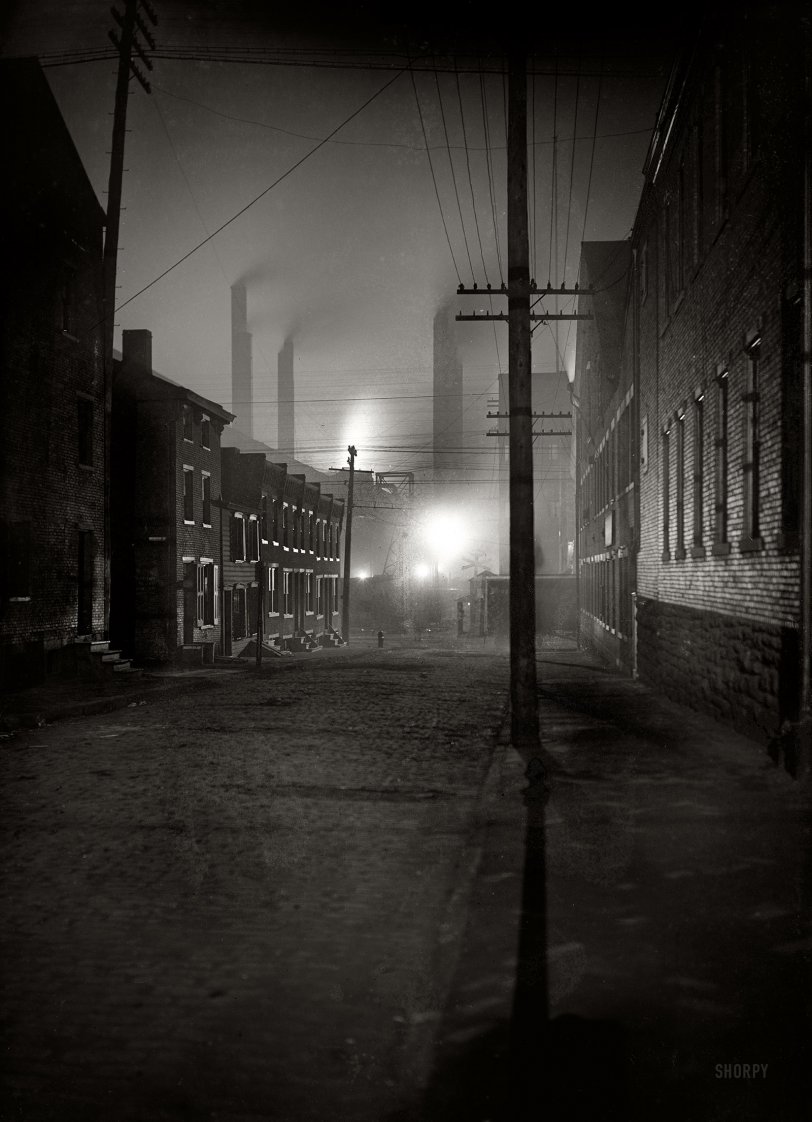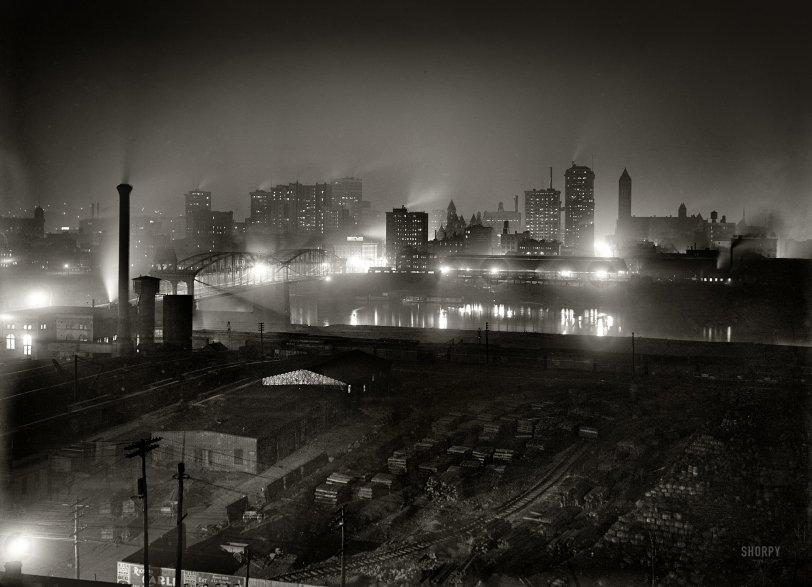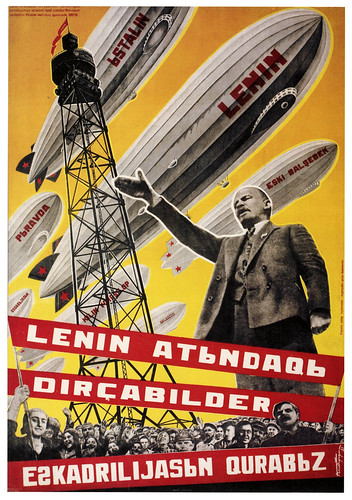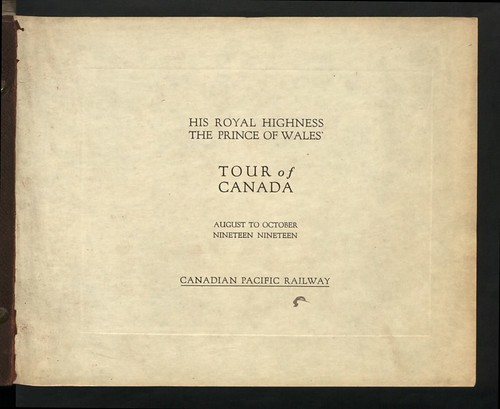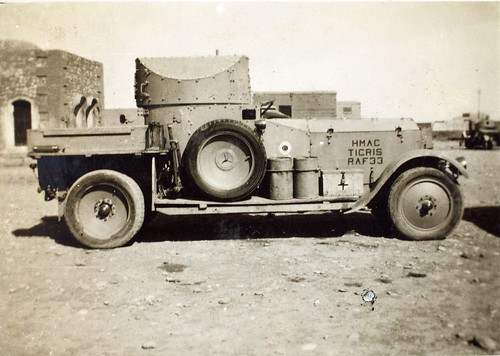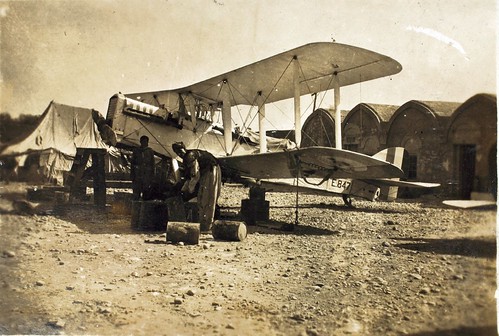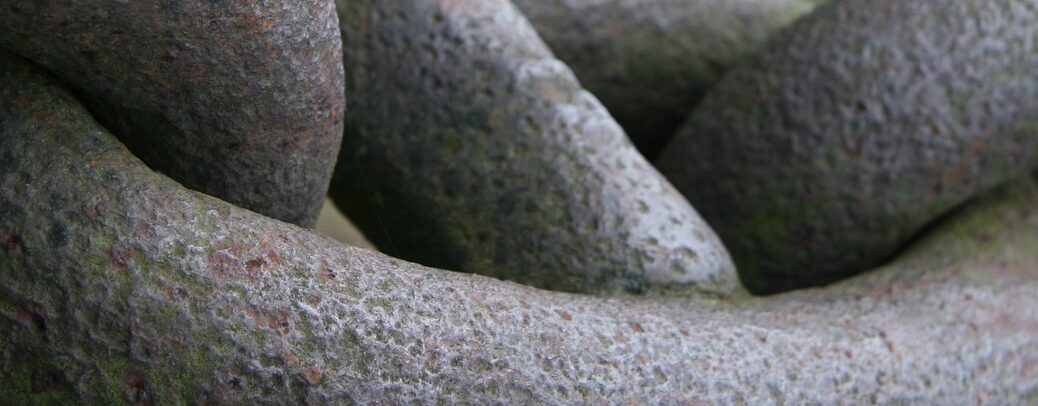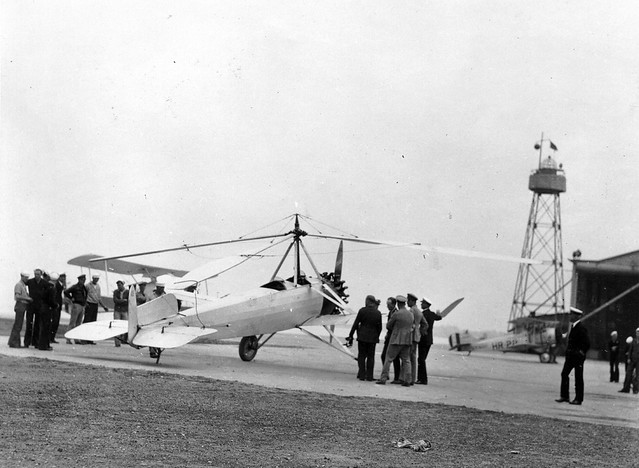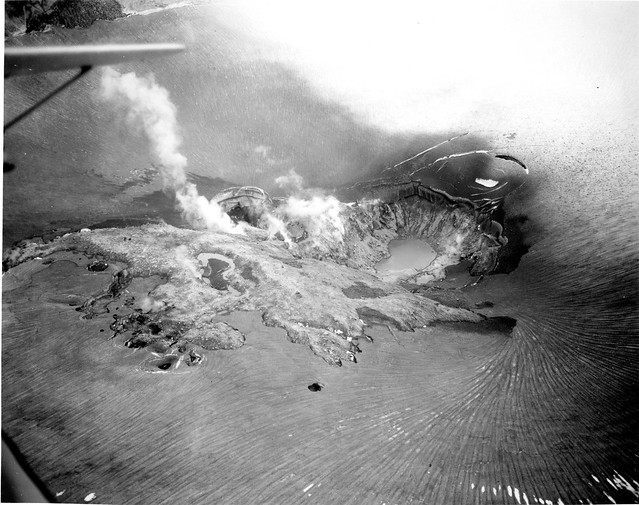Back in April I made an order to Naval & Military Press, a UK-based specialty publisher with a focus on military history. The books arrived last week and I’ll do full reviews of the books in the upcoming weeks, but I wanted to do a quick writeup of NMP themselves and a first-look sort of quick summary of my new books!
NMP were having an Easter sale, with quite spectacular discounts on everything in their catalog, so I jumped on the chance to get a few books I’d noticed in their selection that nobody else had. I thought I had seen one particular title in their catalog that I couldn’t find again, so I fired off an email asking if it actually existed, or if I was mistaken. Three business days later, with time running out on the sale and still no reply, I fire off a second email… two business days after that, on the last day of their sale, I still had no reply, so I went ahead and made the order anyway, a bit irritated at the lack of communication.
I still haven’t ever gotten a reply from NMP. Frustratingly, about four hours after making my order I got the first mass-mailout marketing email from NMP, which I’d opted into when I made my order. They seem to send out at least two advertising emails a week to their mailing list, but apparently that’s all they use email for, as they can’t seem to find the “Reply” button when potential customers send them one!
I got an email about 24hrs after my order saying my order had been “processed”, so I figured that was it in the mail, and started wondering how long Surface Shipping would take. I was not best pleased over two weeks later (11 business days later!) to get another email saying my order had been “shipped”… apparently “processed” didn’t mean what I thought it meant. Since when does it take 11 days to tuck five books into a box? If NMP were waiting for an out-of-stock item to finish up my order, fair enough, but an email to that effect would have been nice.
My order actually shipped on the 27th of April and I got it here on the 10th of May. As I said, I’d just paid for Surface Shipping, books being heavy and me being cheap, so no complaints there, but that’s down to the Royal Mail and Canada Post apparently playing well together.
So, a summary of NMP: given that they have titles I’ve never seen for sale anywhere else, and their prices are fair, I’ll certainly order from them again, but I’m not terribly impressed with either their communication skills or their dispatch speed.
The four books I bought for myself were all WW1 or Russian Civil War-focussed, which shouldn’t be a surprise to anyone who’s been reading this site for a bit. In no particular order, they were:
- Gone to Russian to Fight: The RAF in South Russian, 1918-1920 — a fascinating-looking book published in 2010 about the Royal Air Force’s expedition to support Wrangel and the White forces in southern Russia. I hadn’t realized that famous Canadian ace Raymond Collishaw was one of the senior RAF officers sent to Russia. The book also talks about the Tank Corp unit sent to the same areas to train the Russians in tank use, and who wound up fighting as well.
- The White Armies of Russia, A Chronicle of Counter-Revolution and Allied Intervention — An NMP facsimile reprint of a 1933 history of the Russian Civil War. I’ve barely skimmed it since getting it, but various people including Rich of TooFatLardies recommended it as one of the standard early works on the RCW, so I’m looking forward to getting stuck into it.
- Notes for Infantry Officers on Trench Warfare, March 1916 — I bought this book and the next mostly to inspire scenery projects, although I’m not planning a full Western Front setup (but never say never…) I wanted to get the trenchworks and fieldworks I build “right”. This is another facsimile edition, a very nice little booklet, about 100 pages, with all the original line drawings. Trenches, fortified shellholes, shelters and bunkers, and some notes on attacking and defending same are all covered.
- Manual of Field Works, 1921 — Another facsimile reprint, this is a 300 page monster with 175 line drawings, covering everything from trenches to bridges to field camps to roadworks to demolitions. More fodder for scenery building and general inspiration. Amusingly, I received the hardbound version despite having only paid for the paperback…
The fifth and final book in the order wasn’t for me but for Corey, who has been doing some Anglo-Zulu War gaming recently:
- The Zulu Army and Zulu Headmen — A facsimile reprint of the official 1870 British intelligence report on the Zulu nation and military, with details of Zulu regiment composition, numbers and even uniform details, notes on the principal leaders of the Zulu nation and more. As a facsimile edition, it even reproduces the handwritten amendments someone had added to the text, small notes like “This regiment destroyed at such-and-such an engagement” and similar, which is fascinating.
I’ll be doing full reviews of my books, as I mentioned, in the near future as I do at least a fast first readthrough of them. I don’t actually have much of a military history library, so it’s nice to fill some gaps and get more reference material on my shelves, and I’ll be keeping any eye on NMP and almost certainly picking up more books from them, as their World War One materials are quite extensive.
I probably won’t waste my time sending any more emails to them again, though…
